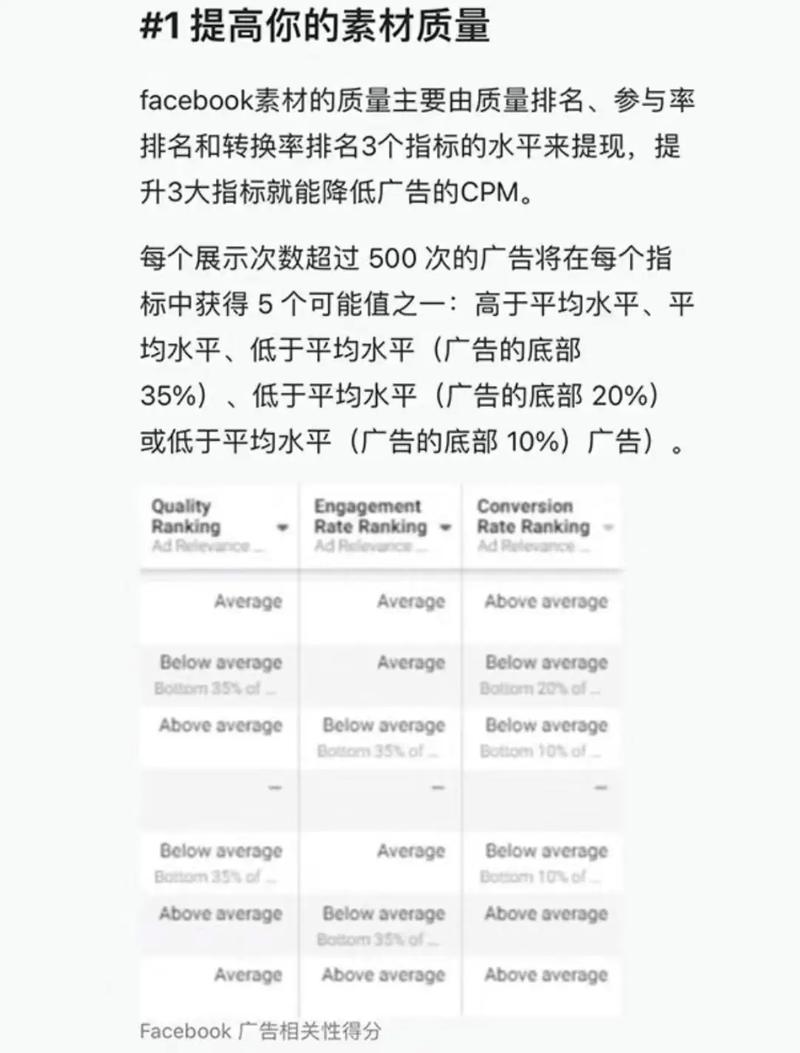
Facetite Post-Op Instructions: A Comprehensive Guide
Undergoing a Facetite procedure is a significant step towards enhancing your facial contours and achieving a more youthful appearance. To ensure a smooth recovery and optimal results, it is crucial to follow the post-operative instructions meticulously. In this detailed guide, we will walk you through the essential steps and precautions to take after your Facetite surgery.
Understanding the Facetite Procedure
Before diving into the post-op instructions, it is important to have a basic understanding of the Facetite procedure. Facetite is a minimally invasive cosmetic surgery that utilizes radiofrequency energy to tighten and lift the skin on the face and neck. It is commonly used to address sagging jowls, loose skin, and other signs of aging.

Immediate Post-Op Care
After your Facetite surgery, you will be taken to a recovery area where you will be monitored closely. Here are some immediate post-op care instructions to keep in mind:
-
Rest: It is essential to rest and avoid any strenuous activities for at least the first 24-48 hours after surgery.
-
Ice Packs: Apply ice packs to the treated area for the first 24-48 hours to reduce swelling and bruising.
-
Medication: Your surgeon will prescribe pain medication and antibiotics to manage discomfort and prevent infection.

-
Bandages: You may have bandages or a compression garment on your face and neck. Keep them clean and dry as instructed by your surgeon.
Post-Op Swelling and Bruising
Swelling and bruising are common after Facetite surgery. Here are some tips to manage these symptoms:
-
Keep Your Head Elevated: Sleep with your head elevated to reduce swelling. Use extra pillows to prop up your head and neck.
-
Apply Cold Compresses: Continue to apply cold compresses to the treated area for the first 24-48 hours.
-
Stay Hydrated: Drinking plenty of water can help reduce swelling and aid in the healing process.
Activity Restrictions
It is important to follow your surgeon’s activity restrictions to ensure proper healing. Here are some general guidelines:
-
Avoid Strenuous Activities: Refrain from heavy lifting, intense exercise, and any activity that may increase your heart rate for at least two weeks after surgery.
-
No Sun Exposure: Protect your skin from the sun by wearing a wide-brimmed hat and using sunscreen with an SPF of 30 or higher.
-
Follow-Up Appointments: Attend all scheduled follow-up appointments with your surgeon to monitor your progress and address any concerns.
Caring for Your Incisions
Your surgeon will provide specific instructions on how to care for your incisions. Here are some general guidelines:
-
Keep Incisions Clean: Gently clean your incisions with mild soap and water as instructed by your surgeon.
-
-
Follow-Up Care
Following your Facetite surgery, you will have several follow-up appointments with your surgeon. These appointments are crucial to monitor your healing progress and address any concerns. Here are some tips for your follow-up care:
Expected Results and Healing Time
The results of Facetite surgery can be seen almost immediately, with continued improvement over the next few months. Swelling and bruising will gradually diminish, and your final results will become more apparent. Here are some general guidelines for healing time:




